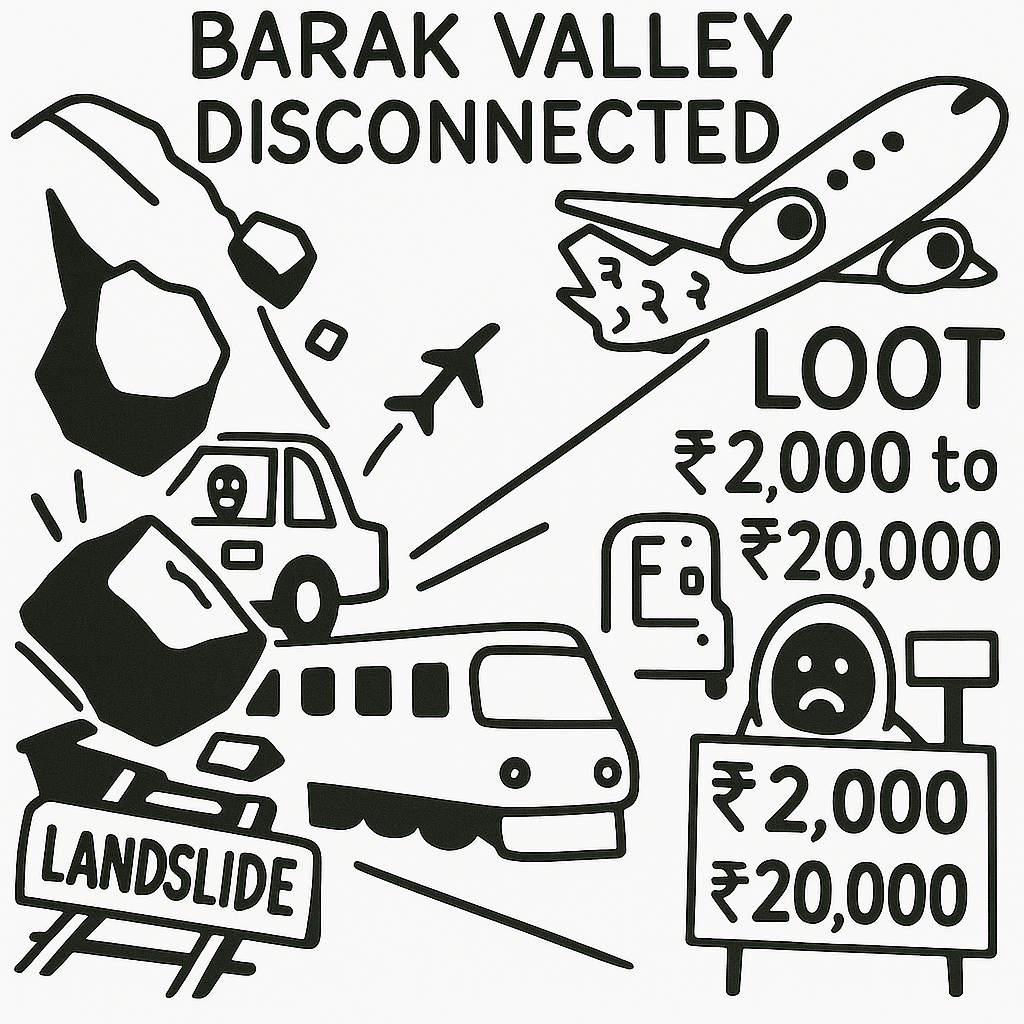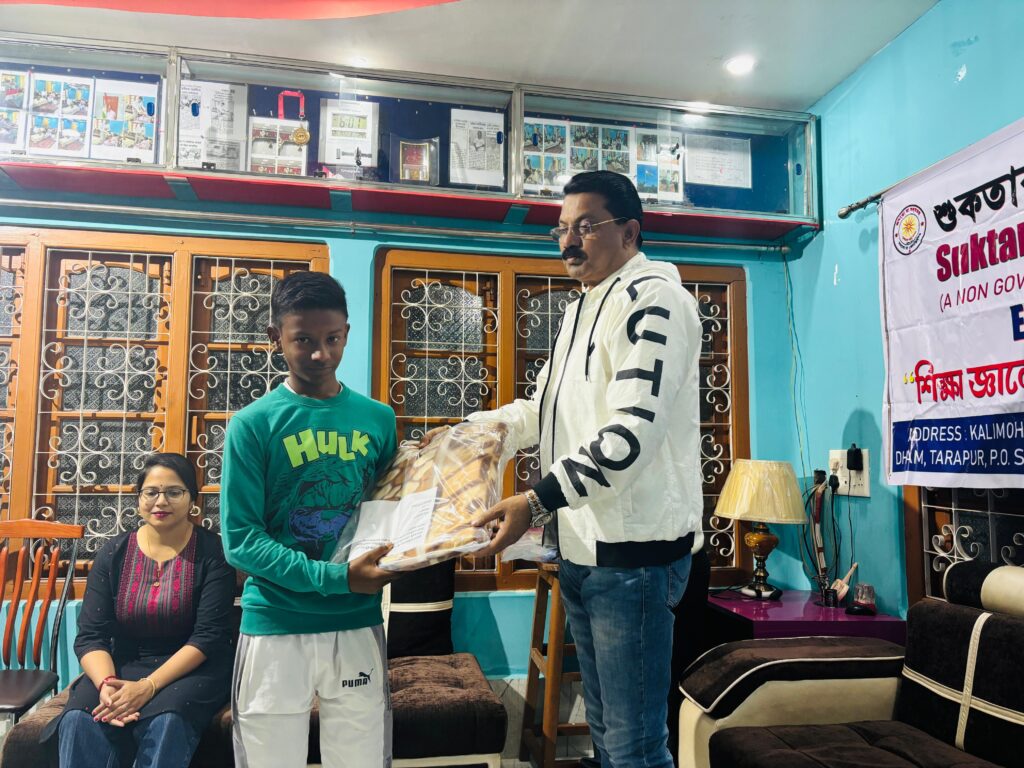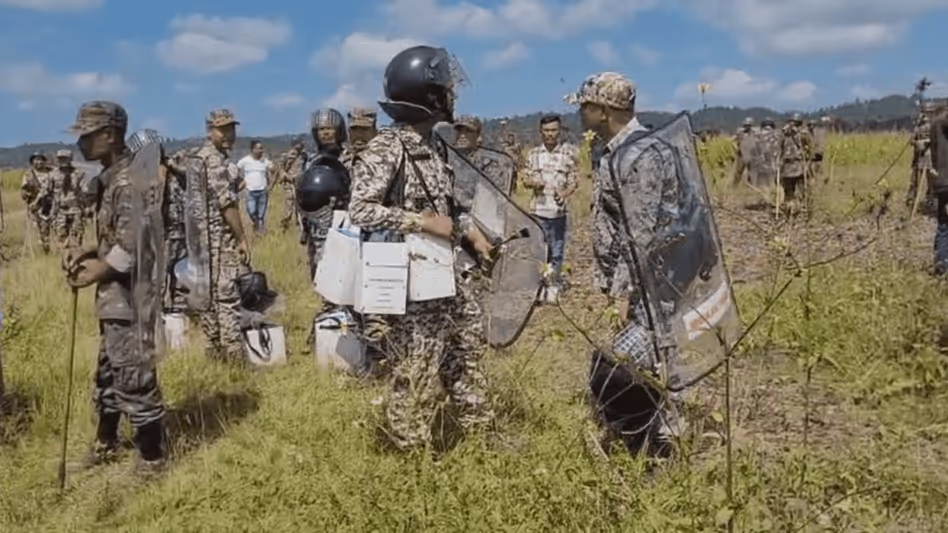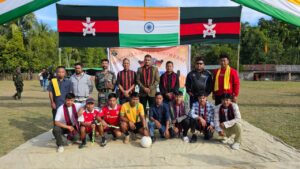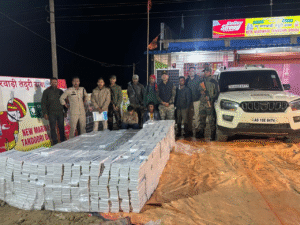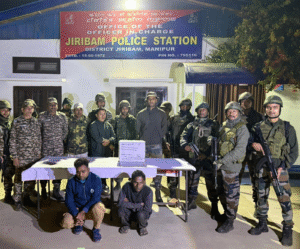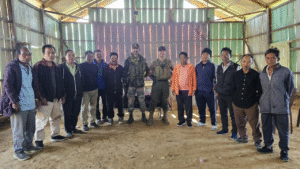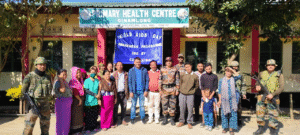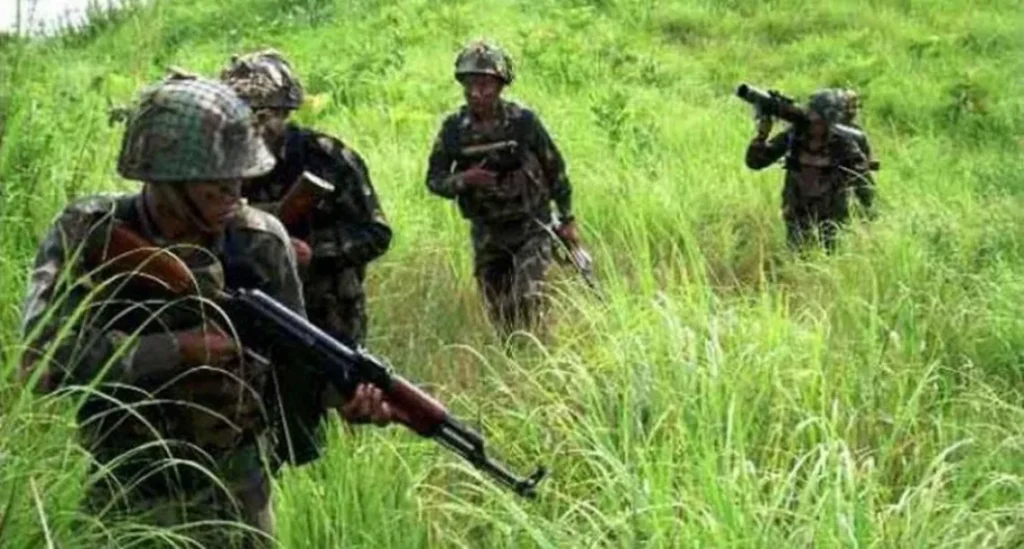
FINDING ITS WAY BACK: PEACE RETURNS TO MANIPUR
Imphal/Jiribam, May 16 :– The imposition of President’s Rule in Manipur has marked a pivotal turning point for the state, ushering in a much-needed era of calm and reconciliation. As law and order steadily return, a renewed sense of hope is taking root among the people. In regions like Jiribam—once at the epicenter of conflict—the change has been particularly palpable, as communities embrace a fragile yet determined peace.
With violence subsiding across the state, daily life is gradually resuming its rhythm. Schools have reopened, businesses are functioning again, and families are venturing outdoors without fear—an unimaginable prospect just a few months ago. The air, once thick with tension, now carries a quiet resolve. People are beginning to reflect on the cost of years of unrest: countless lives lost, homes destroyed, and a deep scar etched into the social fabric, often in the name of “community pride”—a sentiment that, many now admit, has been misused by those hungry for power.
Security forces have played a critical role in this transformation. Their relentless efforts—ranging from area domination patrols and humanitarian outreach to neutralising threats—have restored both physical security and public confidence. In Jiribam, residents credit the boots on the ground with making streets safer and rebuilding trust. “We feel protected. For the first time in a long while, our children can walk to school without us worrying every second,” said a local shopkeeper.
FINDING ITS WAY BACK : PEACE IN MANIPUR
The introduction of President’s Rule in Manipur has brought a wave of calm, with people across the state laying down arms and embracing hope for a peaceful future. In Jiribam, a region once torn apart by violence, this change is especially significant. The security forces have worked tirelessly, earning praise for their role in restoring order and safety to this troubled area. Their efforts have given the people of Manipur a chance to dream of a brighter, violence-free tomorrow. In the wake of diminished violence, daily life in Manipur is gradually returning to normalcy. People are going back to work and children are attending school without fear. This shift has allowed communities to reflect on the pain caused by past conflicts. The destruction, loss of lives and damage to properties; often fuelled by so-called community pride have left deep wounds. Now, people see that such violence only serves the selfish goals of those chasing power, not the common good.
In regions like Jiribam, once a hotspot of unrest, the relentless efforts of security forces have paved the way for stability. Their dedication has not only curbed violence but also inspired a shift in public sentiment. Through constant patrols, community outreach and swift action, they’ve turned the tide against chaos. Growing awareness of the self-serving motives of certain organizations-evidenced by recent reports of rift between groups like UNLF(P) and Arambai Tenggol as also other agencies operating from outside the state has led to widespread disillusionment. These internal power struggles reveal a stark paradox; groups formed ostensibly to protect community rights are often embroiled in conflicts that harm the very people they claim to serve, prioritising power and wealth over collective well-being.
Amid this awakening, the people of Manipur are placing greater trust in the security forces, whose consistent efforts have shielded communities from violence and restored hope. This growing public faith stands as a powerful testament to the return of peace, signaling a brighter, more unified future for the state.
The disintegration of militant alliances and the surfacing of fissures between groups such as UNLF(P) and Arambai Tenggol have also revealed the murky underbelly of the region’s turmoil. Intelligence reports suggest that many of these groups, some with external backing, were less concerned with protecting ethnic identities and more invested in securing economic and political dominance. This realization has led to growing public disillusionment, as citizens recognize that violence often serves the interests of a few while inflicting irreversible damage on many.
Amid this backdrop, the people of Manipur are reclaiming their agency. With a renewed belief in institutional governance and the integrity of the security apparatus, communities are beginning to look forward. Public sentiment is shifting from fear and factionalism toward peace and progress.
The path ahead is still laden with challenges—rebuilding trust among communities, ensuring rehabilitation, and maintaining long-term stability—but the foundation has been laid. The return of peace, especially in a region as complex as Manipur, is not merely an absence of violence; it is the emergence of a new collective vision.
As Manipur takes cautious steps forward, the resilience of its people and the unwavering commitment of its security forces serve as a beacon of what is possible when peace is given a chance.

